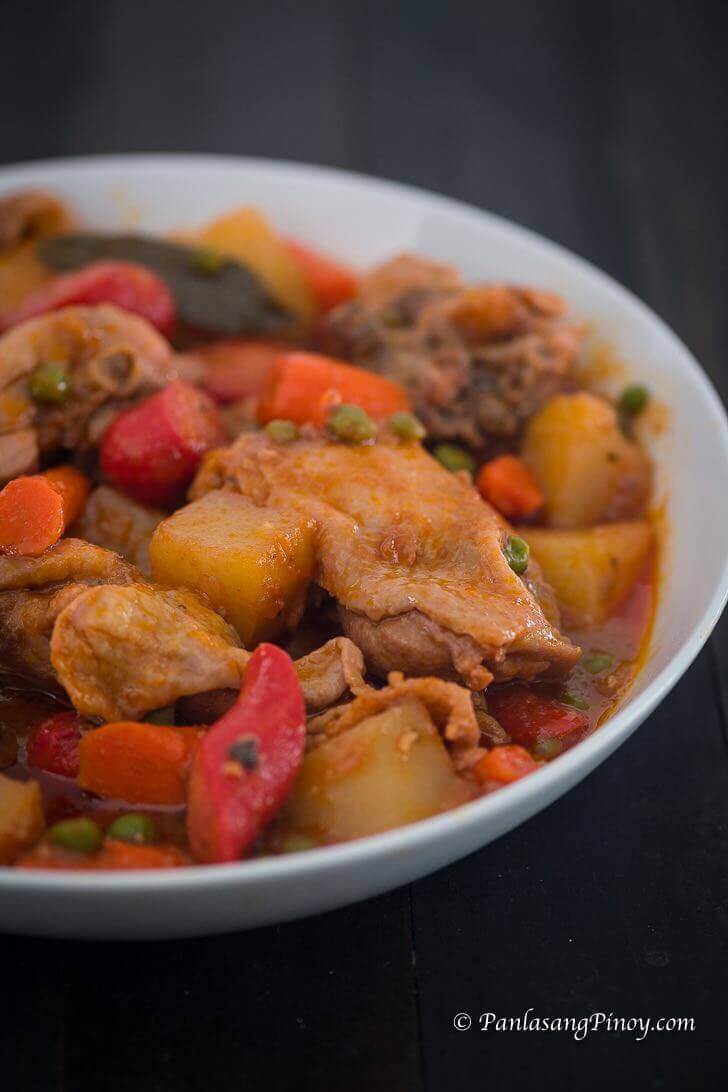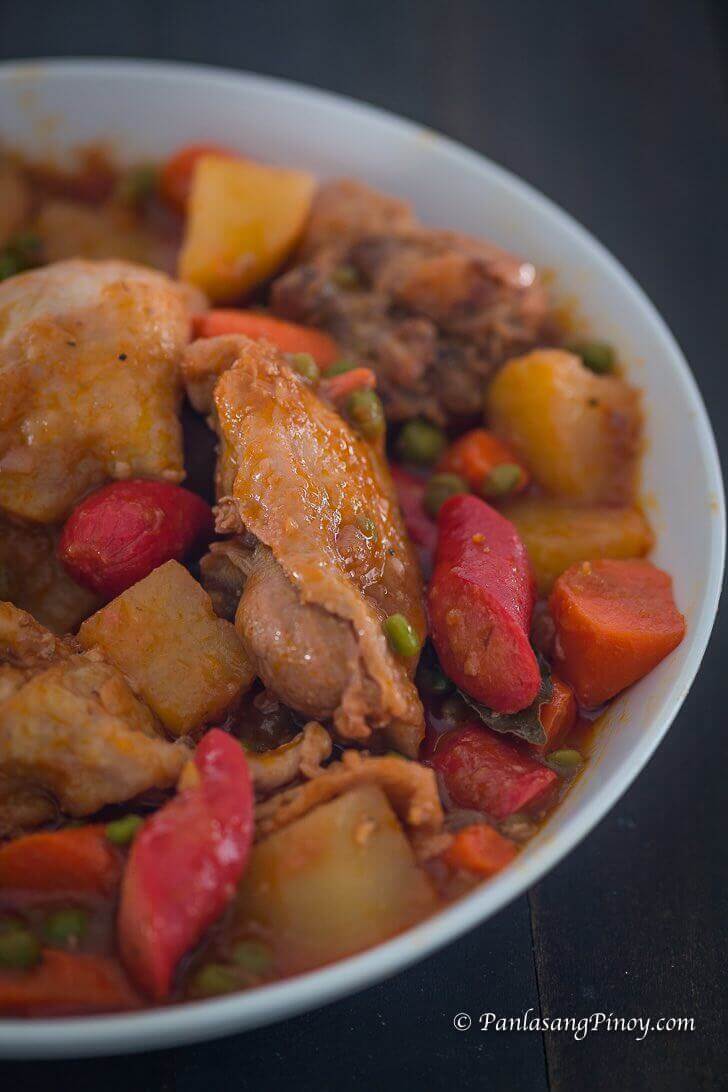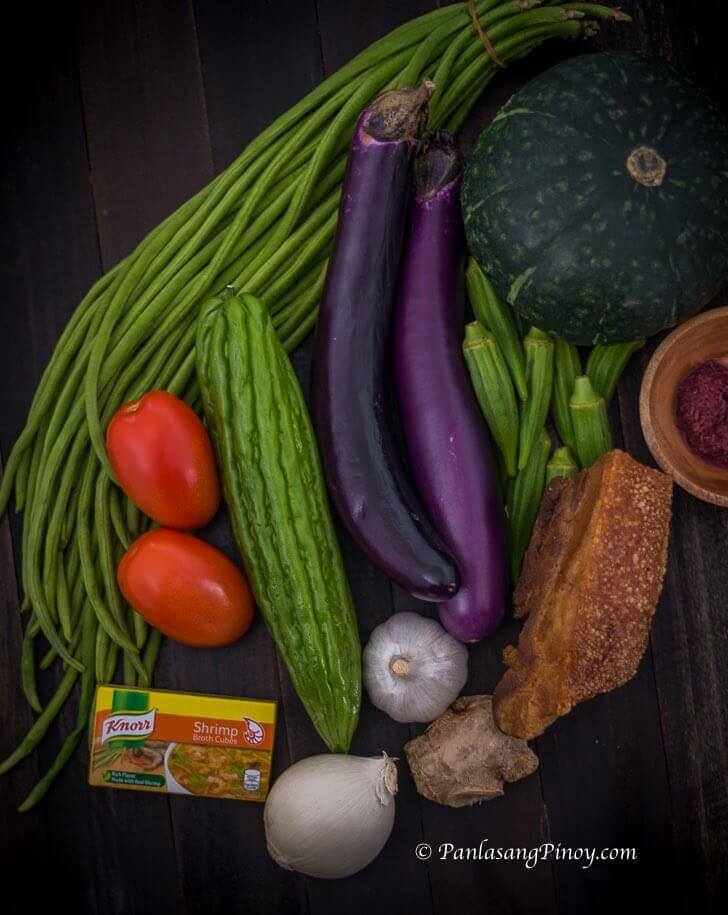Renzo Maca
Philippines is rich in culture and traditions. Filipino Cuisine has a humble beginnings. The early Filipinos used simple ways of cooking like broiling on an open fire, boiling and roasting. But with the frequent visit of Asian neighbors like the Indonesians, Arabs, Indians, The Malays and the Chinese who used to come to the Philippine shores to barter their goods and produce, the Filipinos were introduce to their use of spices and herbs to enhance the flavor of the food they eat. Filipino Cuisine can be best described as a mixture of the eastern and western influences it provides an array of rich flavors, color and spices which made the Filipino cuisine unique, delicious and irresistible.
Our group decided to create this kind of blog to promote the district cuisine that the Filipino should be proud of. We can say that from a basic procedure of cooking, we filipino exceed to an highly and recognizable dishes. The Filipinos have a bold taste on food and combination ,from the mixture of sweet (tamis) , sour (asim), salty (alat), and spicy (anghang).Filipino cuisine relies on native foods such as coconut, mangos and fish. Our focus is to ensure that the filipino food will not be left out because of the influence of other country .


















